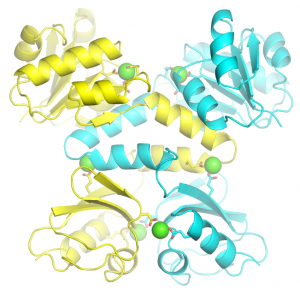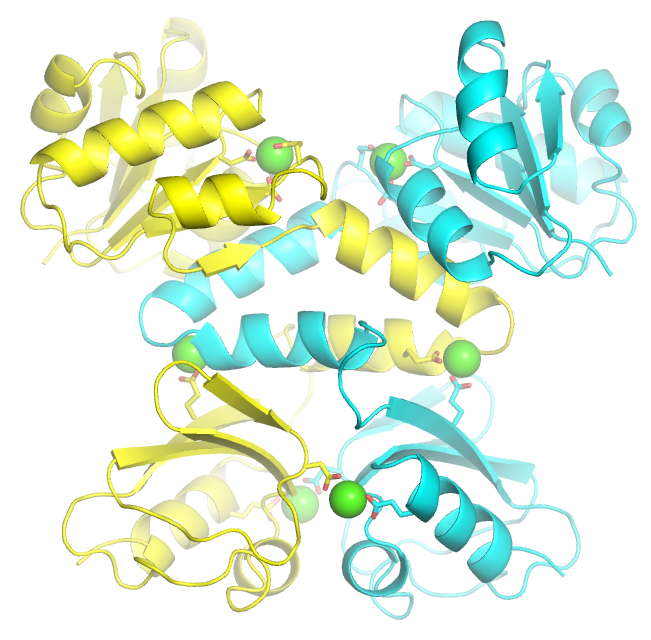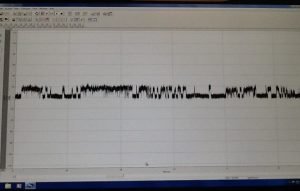 Our research is focused on ion channels, which are specialized proteins that form pores in cell membranes. Charged ions (like sodium, potassium, or calcium) can selectively flow through a channel’s open pore, producing electrical current. The electrical signals produced by the diverse families of ion channels found in our cells and tissues are critical to our very survival; the best known examples of this electrical signaling include the action potentials that we can observe in nerve and muscle. This biological electricity is responsible for the beating of the heart, as well as activity in the brain.
Our research is focused on ion channels, which are specialized proteins that form pores in cell membranes. Charged ions (like sodium, potassium, or calcium) can selectively flow through a channel’s open pore, producing electrical current. The electrical signals produced by the diverse families of ion channels found in our cells and tissues are critical to our very survival; the best known examples of this electrical signaling include the action potentials that we can observe in nerve and muscle. This biological electricity is responsible for the beating of the heart, as well as activity in the brain.
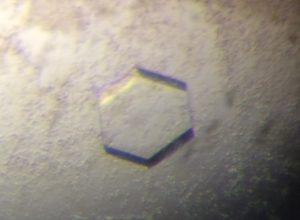
Our goal is to learn how ion channels work at the molecular level, and this is achieved by studying channel function (i.e. electrical activity), along with the atomic structure of the channel, by combining techniques that include patch-clamp electrophysiology, site-directed mutagenesis, fluorescence spectroscopy, and X-ray crystallography.
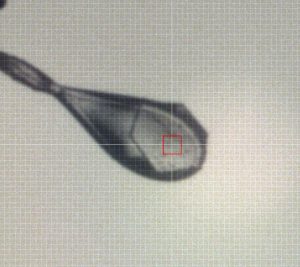 Our current studies are centered primarily on calcium-activated potassium channels. These types of channels are found in many organisms, ranging from bacteria and insects to humans. In higher organisms, the opening of these channels lets potassium flow out of the cell; this hyperpolarizes the cell membrane and decreases electrical excitability. In nerve cells, this is a critical mechanism for controlling brain activity; genetic mutations in these potassium channels can lead to epilepsy. In the smooth muscle cells that line blood vessels and the trachea, potassium channel activity leads to muscle relaxation and vasodilation; thus these channels may be therapeutic targets in the control of hypertension and asthma.
Our current studies are centered primarily on calcium-activated potassium channels. These types of channels are found in many organisms, ranging from bacteria and insects to humans. In higher organisms, the opening of these channels lets potassium flow out of the cell; this hyperpolarizes the cell membrane and decreases electrical excitability. In nerve cells, this is a critical mechanism for controlling brain activity; genetic mutations in these potassium channels can lead to epilepsy. In the smooth muscle cells that line blood vessels and the trachea, potassium channel activity leads to muscle relaxation and vasodilation; thus these channels may be therapeutic targets in the control of hypertension and asthma.
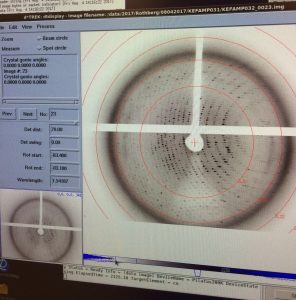
The laboratory is fully equipped to perform patch clamp electrophysiology, site-directed mutagenesis and recombinant DNA techniques, fluorescence microscopy and spectroscopy, PAGE and western blotting, protein purification and crystallization, and lipid bilayer recording.
